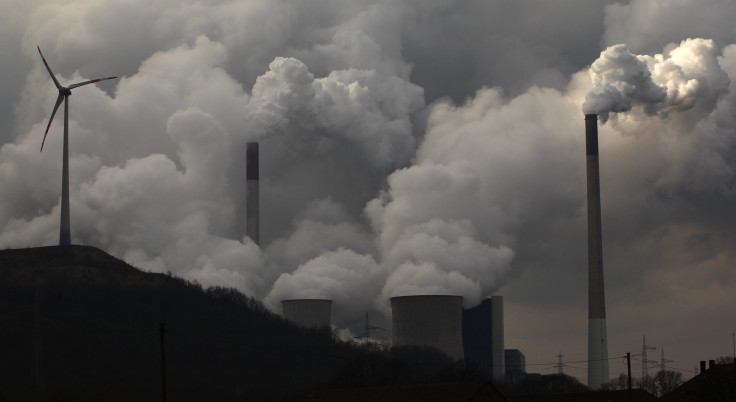Global Warming By 2250 Could Make Earth Warmest In Over 400 Million Years

President Donald Trump wants to reinvigorate the domestic fossil fuel industry, which he says will create jobs, and to defend the move, which is categorically catastrophic for the planet, he has either denied human-induced climate change outright or at best, been non-committal in acknowledging. But irrespective of what the president, who is not a scientist, may say, the fact that burning fossil fuels is a major contributor to the accumulation of greenhouse gases in Earth’s atmosphere is undeniable, as evidenced by numerous scientific studies and climate data from across the world.
A study published Tuesday puts another nail in that coffin (not that it needed one) by predicting that if we exhaust all readily available fossil fuel resources and also fail to control the already existing concentration of greenhouse gases, the global warming caused as a consequence could make Earth warmer than it has been in the last 420 million years.
Read: Warming Temperatures Could Wipe Out Deep Ocean Life-Forms
Titled “Future climate forcing potentially without precedent in the last 420 million years,” the open-access study was published in the journal Nature Communications. It is based on a compilation of data from over 1,200 studies that estimate the concentration of carbon dioxide in the planet’s atmosphere for nearly the last half a billion years.
The study’s authors found that carbon dioxide concentration has fluctuated naturally — from as low as 200-400 ppm during cold periods to up to 3,000 ppm during the warm periods — a number of times during that period, but on multi-million year timescales. The current pace of climate change is “highly unusual,” according to a statement by the researchers. Currently at over 405 ppm, it is far higher than the 280 ppm less than 150 years ago in pre-industrial era.

Greenhouse gases like carbon dioxide and methane are not the only contributing factors to a changing climate; the amount of sunlight received by Earth has a large role to play as well.
Dan Lunt from the University of Bristol, who co-authored the study, explained in the statement: “Due to nuclear reactions in stars, like our sun, over time they become brighter. This means that, although carbon dioxide concentrations were high hundreds of millions of years ago, the net warming effect of CO2 and sunlight was less. Our new CO2 compilation appears on average to have gradually declined over time by about 3-4 ppm per million years. This may not sound like much, but it is actually just about enough to cancel out the warming effect caused by the sun brightening through time, so in the long-term it appears the net effect of both was pretty much constant on average.”
This explains why our planet has had temperatures in the habitable range for hundreds of millions of years. But if we continue our use of fossil fuels, atmospheric carbon dioxide concentration could reach about 2,000 ppm by 2250, a level last seen 200 million years ago.
Gavin Foster from University of Southampton, who was lead author of the study, said of the implications: “Because the sun was dimmer back then, the net climate forcing 200 million years ago was lower than we would experience in such a high CO2 future. So not only will the resultant climate change be faster than anything the Earth has seen for millions of years, the climate that will exist is likely to have no natural counterpart, as far as we can tell, in at least the last 420 million years.”
Dana Royer, from Wesleyan University in Middletown, Connecticut, was also a co-author of the study.
© Copyright IBTimes 2024. All rights reserved.




















